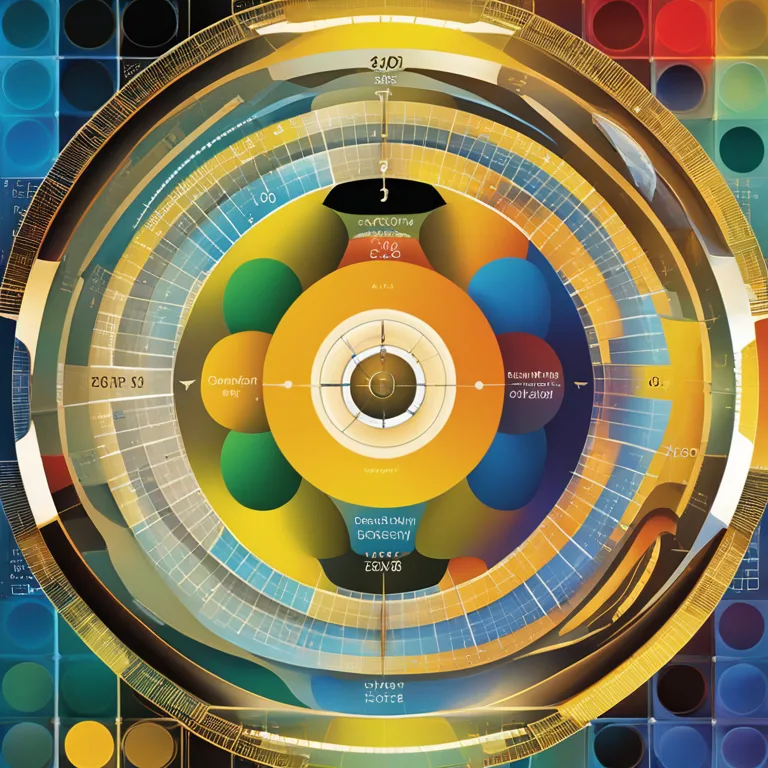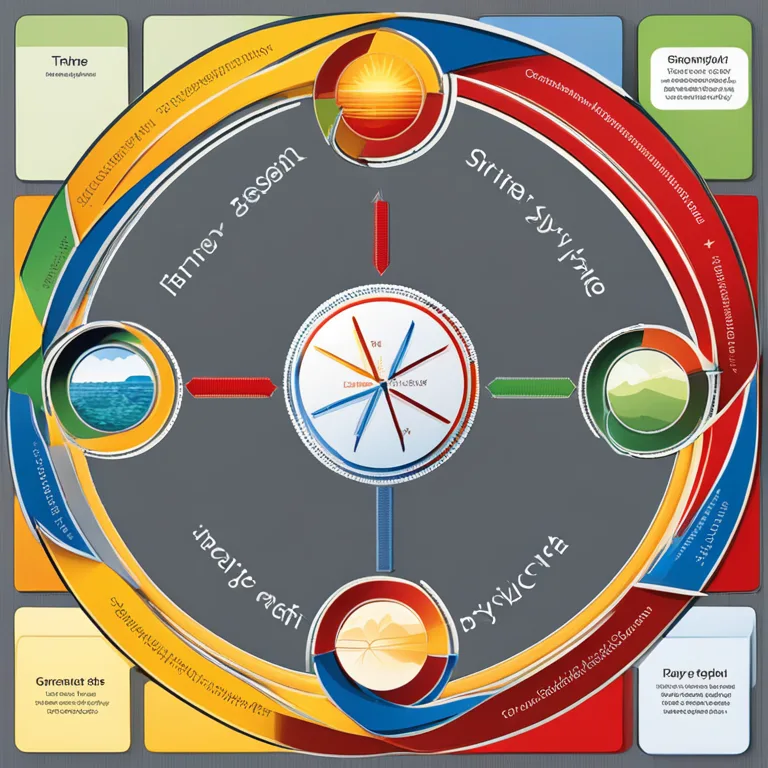
Measuring Your Biorhythms Accurately
Learn how to measure your biorhythms effectively to understand your physiological, emotional, and intellectual cycles.
article by Adrian Wallace
Introduction to Biorhythms
Biorhythms are believed to be the cyclic patterns that govern various aspects of our lives. The concept originated in the early 20th century and suggests that three primary cycles—a physical, an emotional, and an intellectual cycle—affect our daily functioning. Proponents believe that by tracking these cycles, individuals can anticipate periods of strength and vulnerability. As interest in personal well-being continues to grow, measuring one’s biorhythms has gained popularity as a tool for enhancing life management and personal awareness.

The Three Primary Cycles
Before delving into the measurement process, one must understand the three primary cycles. The physical cycle, typically a 23-day period, influences vitality, stamina, and overall health. The emotional cycle, with a 28-day span, affects mood, creativity, and perception of social interactions. Lastly, the 33-day intellectual cycle governs cognitive functions, decision-making, and alertness. Monitoring these cycles enables individuals to make informed decisions aligning with their natural rhythms.

Biorhythmic Calculations
To measure biorhythms, one must first determine the starting point, which is typically the individual's birth date. From this date, each cycle's waxing and waning energy levels are calculated using mathematical models. Modern biorhythm calculators, often found online or as smartphone applications, simplify this process by automatically computing the cycles. Users input their birth date, and the software generates personalized biorhythm charts depicting the three cycles.

Interpreting Your Biorhythm Chart
A standard biorhythm chart represents the cycles as sine wave patterns oscillating above and below an equilibrium line. Days where the cycles are above this line indicate periods of high performance, while days below suggest less optimal functioning. Understanding how to interpret these patterns can help individuals plan activities to coincide with personal highs, avoid important tasks during predicted lows, and prepare for critical days when cycles cross the equilibrium line.

Integrating Biorhythms into Daily Life
Applying biorhythm analysis to everyday life involves observing patterns and adjusting activities accordingly. For instance, one might schedule physically demanding tasks during a high phase of the physical cycle, or engage in brainstorming sessions when the intellectual cycle is at its peak. Synchronizing tasks with one's biorhythms could potentially maximize efficiency, reduce stress, and improve overall quality of life.
Biorhythms and Individual Variability
While the foundation of biorhythms is set on three primary cycles, it is important to acknowledge individual differences. Factors such as lifestyle, health, and environment contribute to one's unique rhythm. Adjusting measurement techniques to account for personal variability is crucial for accuracy. Observing long-term patterns and noting deviations can sharpen the precision of your biorhythm assessments.
The Future of Biorhythm Tracking
With advancements in wearable technology and biofeedback tools, the potential for more precise biorhythm tracking is on the horizon. Future devices may seamlessly integrate biorhythm monitoring, providing real-time recommendations for optimal performance. As interest in holistic health and personalized wellness grows, such tools are likely to become a mainstay in health optimization strategies.
Published: 12/28/2023
Modified: 12/28/2023
More predictions
Come back here soon to learn more about yourself and your future


The Synergy of Biorhythm Compatibility
Delve into the intriguing concept of biorhythm compatibility to foster deeper connections and understand interpersonal dynamics.


Biorhythm Compatibility and Birth Dates: The Connection Revealed
Discover how biorhythm compatibility based on birth dates can influence personal connections and relationship dynamics.


Harmonizing Life Rhythms: Biorhythm Compatibility Explained
Discover how biorhythm compatibility impacts relationships and personal interactions, fostering harmony and understanding.